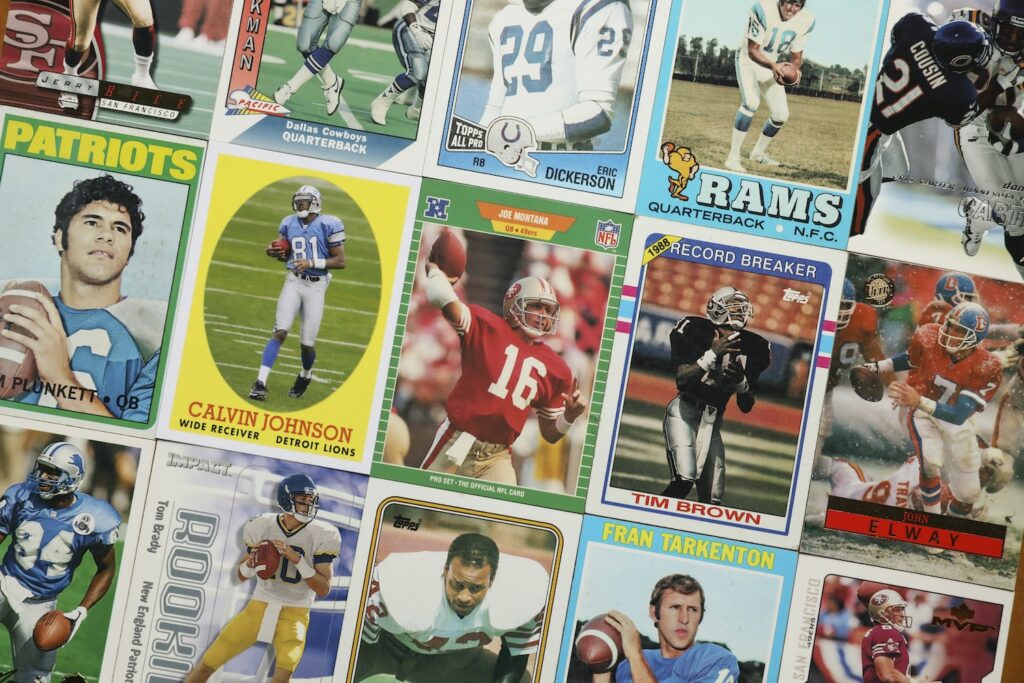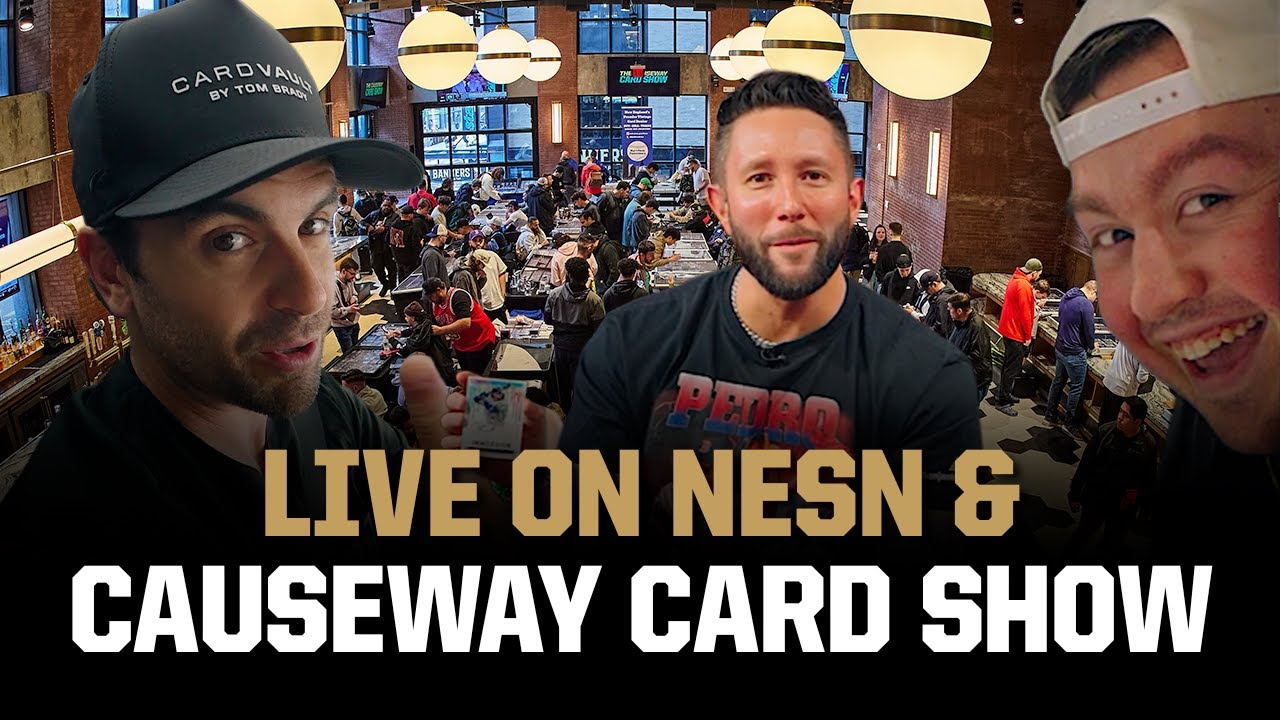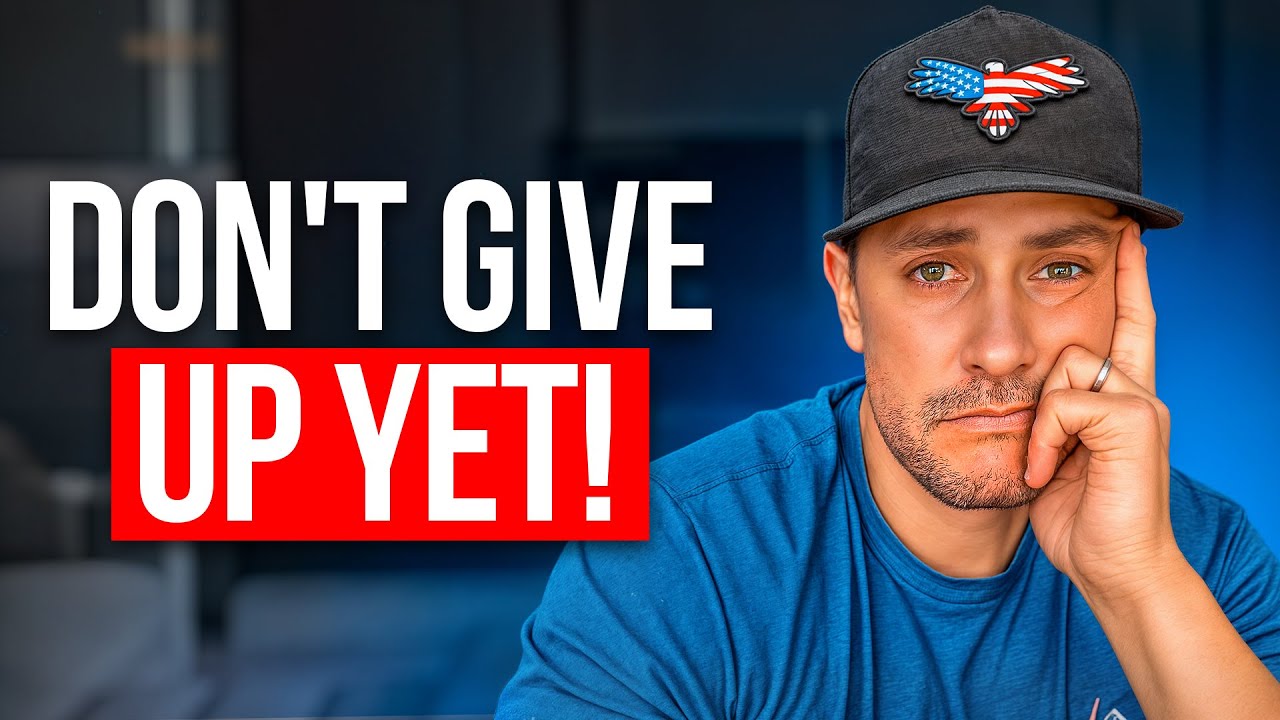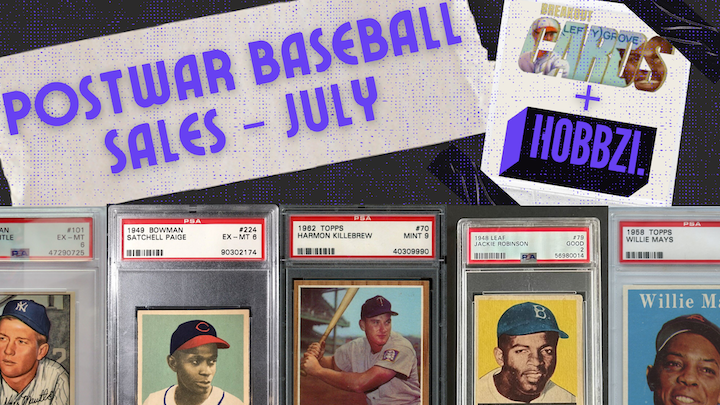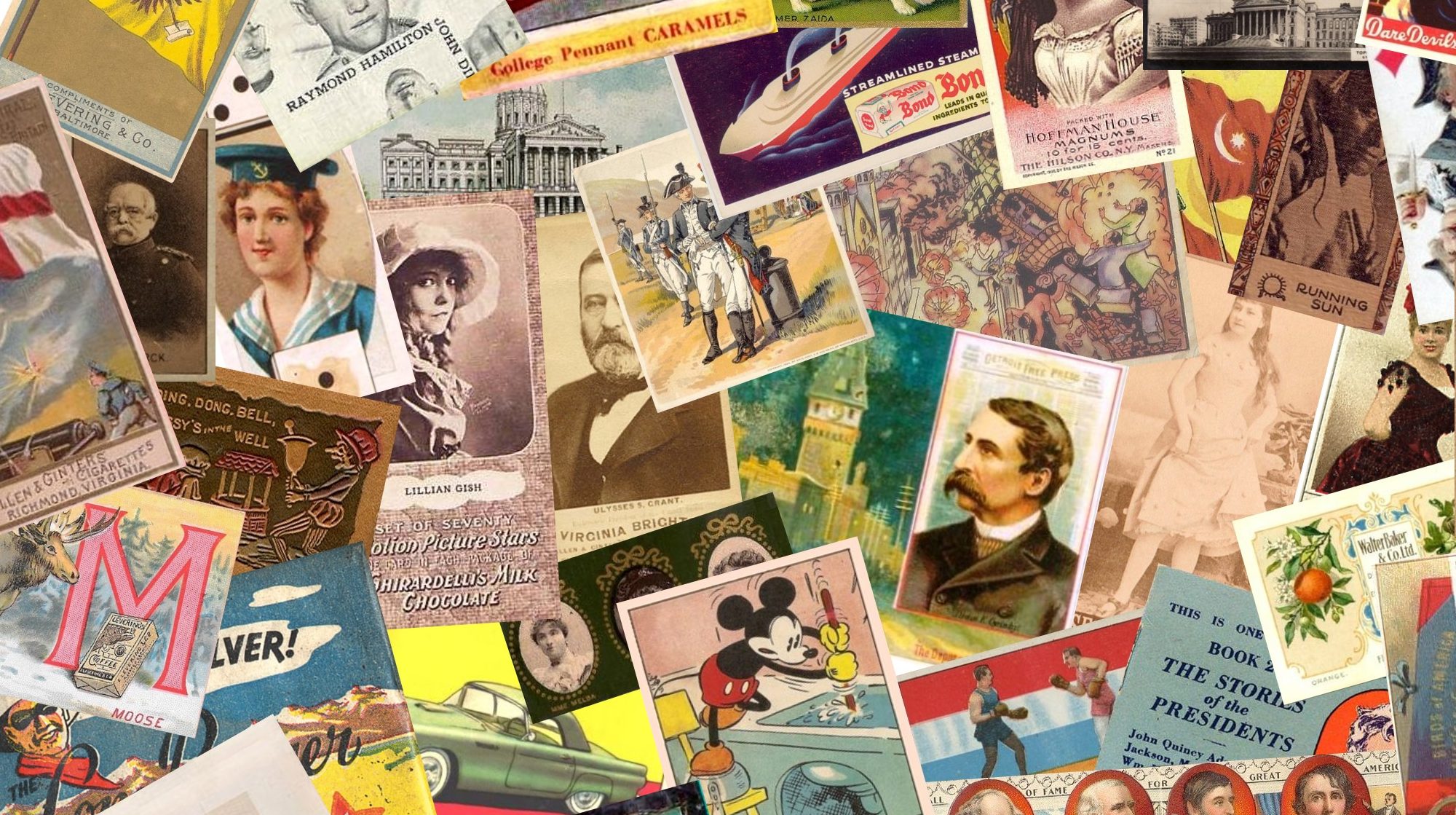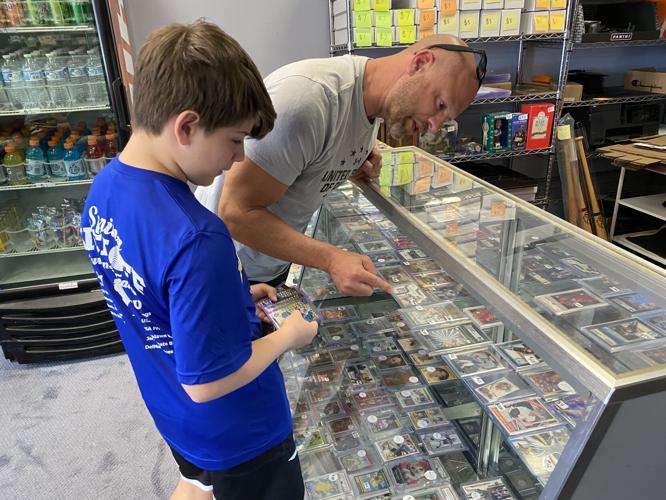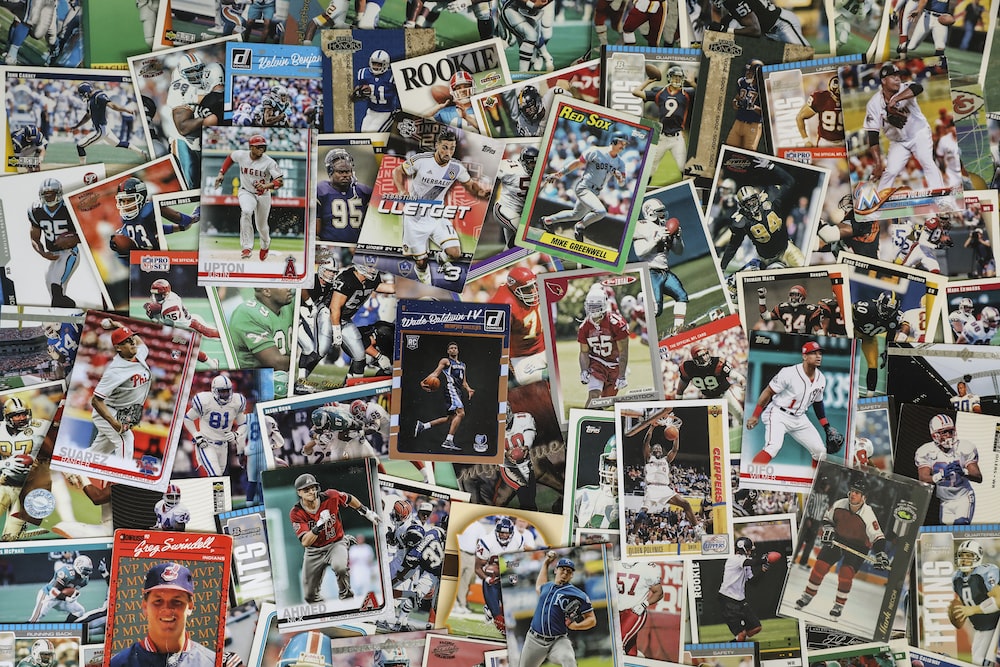
When it comes to the world of sports memorabilia, autographs hold a place of reverence. From rookie players signing their first trading cards to seasoned athletes making their mark on thousands of souvenirs, the autograph is a symbol of a player’s legacy. In this article, we delve into the art and evolution of autographs in the sports industry, exploring the stories behind the signatures of players like Mike Trout, Torii Hunter, and Spencer Torkelson.
The Genesis of Autographs: An Unexpected Lesson

Reflecting on his early days with the Angels, Mike Trout recalls a piece of advice from his senior teammate, Torii Hunter. Hunter, noticing Trout’s hurried autographing, advised the rookie to slow down and take his time. This was an idea that Trout hadn’t previously considered, given the high demand and the sheer volume of items to be signed.
The realization of the importance of a well-crafted signature came to Hunter in his early days with the Twins. During a fan meet-and-greet, Twins legend Harmon Killebrew noticed Hunter’s rushed, illegible autograph. Killebrew shared a piece of wisdom with Hunter, a story that would forever change the way Hunter thought about his autograph.
“Imagine it’s 100 years from now, a group of children find a ball signed with scribbles, they shrug, and keep playing. Now let me rewind that. The kids find a ball clearly signed with a name. They look up the name, learn about the player, then they cherish the ball,” Killebrew told Hunter.
This anecdote deeply impacted Hunter, who subsequently made a conscious effort to enhance his autograph. Years later, he passed on this wisdom to the younger generation, including Mike Trout.
Balancing Speed and Quality: The Modern Dilemma

The modern-day athlete faces a unique challenge when it comes to autographing: balancing speed and quality. The demand for autographed memorabilia has skyrocketed in recent years, thanks to the booming sports memorabilia industry. This surge has led to athletes needing to sign thousands of items, often in a short amount of time.
Spencer Torkelson, a high schooler turned No. 1 overall pick in the 2020 draft, experienced this firsthand. After attempting to sign his lengthy name in cursive on 1,000 items, he realized the need for a more efficient signature. With the help of his mother, Torkelson redesigned his autograph to include just his initials and his jersey number, 20.
Riley Greene, Torkelson’s teammate on the Detroit Tigers, also simplified his autograph to an ‘R’ and a ‘G.’ He found that signing in 10-minute increments was the most efficient way to get through the large stacks of cards.
The Evolution of Autographs: From Art to Branding

Over the years, the nature of autographs has transformed. Gone are the days when sports stars like Joe DiMaggio and Mickey Mantle signed their full names in elegant cursive. As autographs have become a part of a player’s brand, many have chosen to create a unique, recognizable signature that can be swiftly replicated.
Carlos Correa, a shortstop for the Twins, spent his high school years experimenting with different autograph styles in his notebooks. Although his signature has evolved over time, he has stuck with a version that resembles two C’s with loops in between.
Similarly, Joey Votto, a six-time All-Star and a 17-year MLB veteran spent his high school years perfecting his autograph. Votto’s signature has remained consistent from his first rookie card to his current autographs, reflecting the importance of brand consistency in the world of sports.
Autographing: A Labor of Love and Legacy

For many athletes, autographing is seen as both a labor of love and a way to cement their legacy. Despite the monotony and physical strain of signing thousands of items, many athletes understand the joy and excitement their autographs bring to fans.
Christian Encarnacion-Strand, a rookie for the Reds, found out the hard way that his 27-character name was too long for efficient autographing. Like many others, he simplified his autograph to a few recognizable strokes. Despite this, he understands the value of a well-crafted signature, stating, “It’s a lot, so it’s going to stay short forever.”
As athletes, their autographs serve as a testament to their careers, a marker of their identity, and a way to connect with their fans. Whether it’s a simple initial or a full name, every autograph tells a story.
Autographs have evolved over time, adapting to the demands of the modern sports industry. Despite this evolution, the essence of autographing remains the same. As Torii Hunter said, “Sign as many autographs as you can, be legible, and give them a good one.” After all, it’s not just about the signature, but the legacy it leaves behind.
Top image: John Bradford / The Athletic; Photos: Steph Chambers / Getty Images; Courtesy of Heritage Auctions


